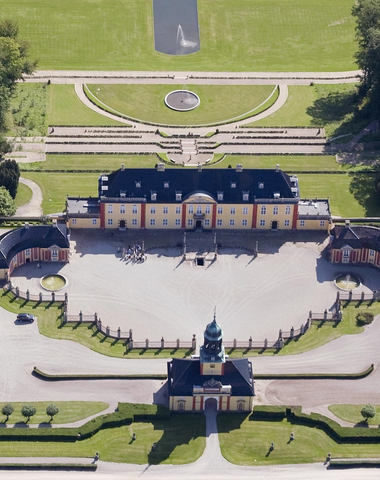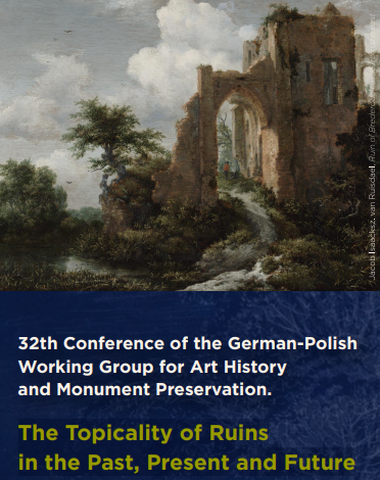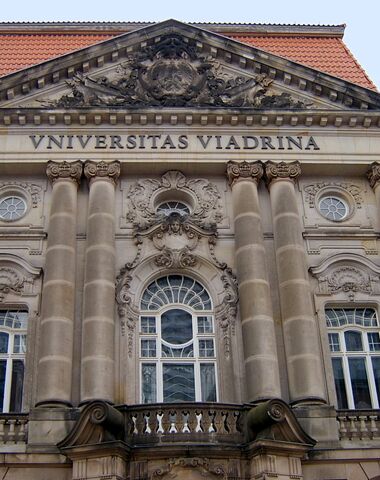ENCOUNTER
European Network
for Country House
and Estate Research
Research across Europe
European Network for Country House and Estate Research ‘ENCOUNTER’ is dedicated to the study and interpretation of manor and country house history across Europe. Established in 2015 at Gammel Estrup – The Danish Manor Museum, ENCOUNTER was founded by a group of scholars, curators, heritage professionals, and researchers with a shared interest in the historical, cultural, and architectural significance of this field.
The aim of the network is to establish interdisciplinary collaboration across history, archaeology, art history, architecture, and heritage management and bring together universities, museums, and cultural institutions to foster partnerships that bridge academic research and heritage management.



